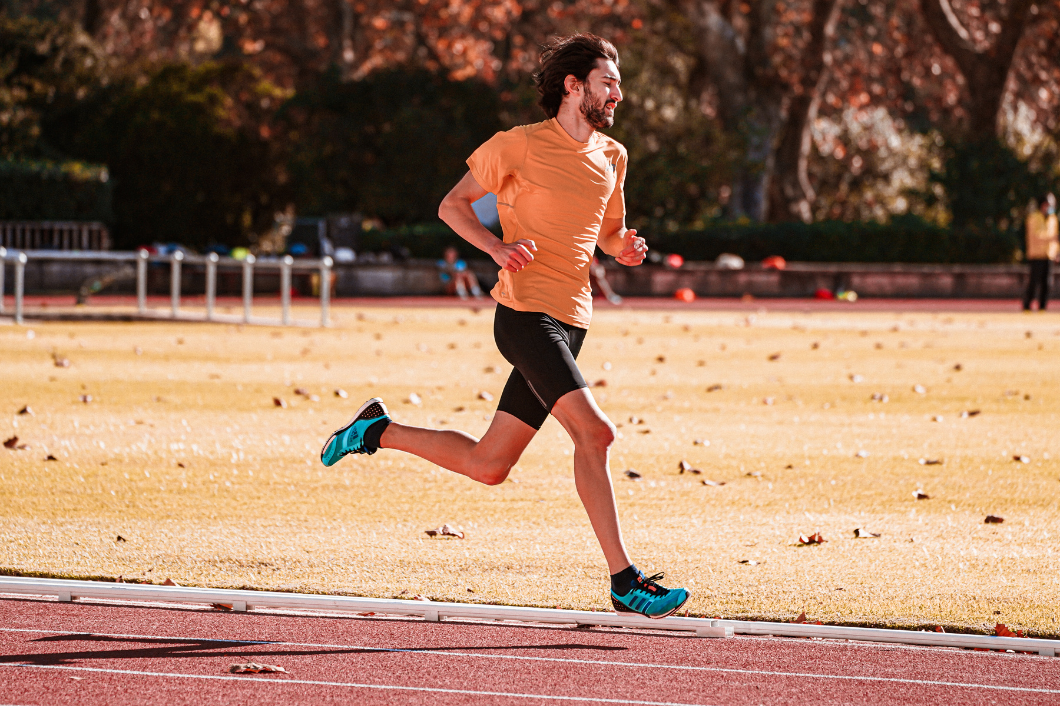Introduction
Jogging is a fantastic way to stay fit, boost endurance, and maintain overall health. Whether you are a beginner or a seasoned runner, understanding jogging speeds is crucial for achieving your fitness goals. But what constitutes an “average jogging speed”? How does it vary from one individual to another, and what factors influence it?
This comprehensive guide provides all the answers. Average Jogging Speeds Explained explores everything from determining your jogging pace to tips for improvement, emphasizing the importance of hydration and proper preparation. With this knowledge, you can jog smarter and enjoy better results.
What Is Jogging?
Jogging is a moderate-intensity form of running, generally slower than sprinting but faster than walking. It is an effective cardiovascular exercise that strengthens the heart, improves endurance, and burns calories. While jogging is simple and accessible, the speed at which people jog varies widely depending on age, fitness level, and individual goals.
What Are Average Jogging Speeds?
Average jogging speeds differ from one person to another. For most people, jogging speeds range from 4 to 6 mph (6.4 to 9.7 km/h). However, factors like fitness level, age, and terrain can significantly affect your pace.
Here’s a breakdown of average jogging speeds by group:
- Beginners: 4–5 mph (6.4–8 km/h)
- Intermediate Joggers: 5–6 mph (8–9.7 km/h)
- Experienced Joggers: 6–8 mph (9.7–12.9 km/h)
For a deeper understanding, check out this detailed guide on average jogging speed.
Factors Influencing Jogging Speed
Several factors determine your jogging speed. Let’s take a closer look at each one:
1. Fitness Level
A person’s fitness level directly affects how fast they can jog. Beginners may start at slower speeds while building stamina, whereas experienced joggers can maintain faster paces for longer durations.
2. Age
Jogging speed tends to peak in your 20s and 30s and gradually decreases as you age. However, regular training can help maintain performance levels even in older adults.
3. Body Weight
Excess weight can slow down your jogging speed due to the added physical effort required. Losing weight through consistent jogging can help improve speed over time.
4. Gender
Men generally have higher average jogging speeds than women due to physiological differences, such as muscle mass and lung capacity. However, individual fitness and training play a significant role.
5. Terrain
Jogging on flat terrain is easier and faster than running on hills or uneven surfaces. Trail running, for example, may reduce your pace due to the added effort required for balance and navigation.
6. Weather Conditions
Hot or humid weather can slow you down, as your body expends more energy to regulate temperature. Conversely, cool weather may allow for faster jogging speeds.
How to Measure Your Jogging Speed
Measuring your jogging speed is straightforward and can be done using a GPS watch, fitness tracker, or smartphone app. Here’s how:
- Track Your Distance: Use apps like Strava or MapMyRun to measure how far you jog.
- Record Your Time: Time how long it takes to complete your jog.
- Calculate Your Speed: Divide the distance by the time taken (e.g., 5 miles in 50 minutes = 6 mph).
Benefits of Knowing Your Average Jogging Speed
Understanding your average jogging speed offers several advantages:
- Set Realistic Goals: Knowing your speed helps you set achievable fitness targets.
- Track Progress: Monitoring speed improvements is a great way to measure your fitness growth.
- Optimize Training: Adjust your pace for endurance runs, speed intervals, or recovery jogs.
- Prevent Overtraining: Staying within a safe pace reduces the risk of injury and burnout.
Hydration: A Vital Component of Jogging
Hydration plays a pivotal role in enhancing jogging performance. Dehydration can lead to fatigue, muscle cramps, and reduced endurance, all of which negatively impact your speed.
Hydration Tips for Joggers:
- Drink Water Before Jogging: Start your jog well-hydrated by drinking water 30 minutes before.
- Carry Water for Longer Runs: Use a hydration belt or handheld water bottle for runs over 30 minutes.
- Replenish Electrolytes: Include drinks with electrolytes to replace sodium and potassium lost through sweat.
- Monitor Your Hydration Levels: Keep an eye on the color of your urine as an indicator of hydration.
Hydration is especially crucial for improving jogging speeds and maintaining endurance.
Tips to Improve Your Jogging Speed
If you want to jog faster and increase your average speed, incorporate these tips into your routine:
1. Interval Training
Alternate between jogging and sprinting to improve your cardiovascular endurance and muscle strength. For example, jog for 2 minutes, then sprint for 30 seconds.
2. Incorporate Strength Training
Strengthen your core, glutes, and leg muscles with exercises like squats, lunges, and planks. Stronger muscles improve running efficiency and speed.
3. Focus on Form
Proper jogging form reduces wasted energy and enhances performance. Keep your back straight, shoulders relaxed, and arms swinging naturally.
4. Gradually Increase Distance and Speed
Avoid overexertion by increasing your speed and distance gradually. A 10% weekly increase is a safe guideline.
5. Wear the Right Gear
Invest in lightweight, comfortable running shoes that suit your foot type. Proper footwear minimizes fatigue and maximizes performance.
6. Warm Up and Cool Down
Prepare your body for jogging with a dynamic warm-up and end with stretching exercises. This prevents injuries and aids recovery.
Average Jogging Speeds for Different Goals
Your jogging speed varies depending on your fitness goals. Here’s how to adjust your pace:
- Weight Loss: Jog at a steady pace of 4–5 mph to burn calories effectively.
- Endurance Building: Maintain a conversational pace around 5–6 mph to enhance stamina.
- Speed Improvement: Incorporate intervals and aim for short bursts of 7–8 mph.
Common Mistakes to Avoid
Avoid these mistakes to ensure your jogging experience is safe and productive:
- Skipping Hydration: Dehydration reduces energy levels and hampers performance.
- Overtraining: Running too fast or too far without rest can lead to injuries.
- Neglecting Warm-Ups: Starting without warming up strains muscles and joints.
- Improper Footwear: Worn-out or unsupportive shoes increase the risk of discomfort and injury.
How to Stay Motivated While Jogging
Staying motivated ensures you maintain consistency and enjoy your jogging sessions:
- Set Clear Goals: Define what you want to achieve, whether it’s improving speed or covering longer distances.
- Run with a Partner: Jogging with a friend adds accountability and fun.
- Track Progress: Use apps to monitor improvements in speed, distance, and time.
- Listen to Music or Podcasts: Create a playlist or tune into podcasts to keep your runs enjoyable.
Average Jogging Speed by Age and Gender
Here’s a general guideline for jogging speeds based on age and gender:
| Age Group | Men (mph) | Women (mph) |
|---|---|---|
| 20–29 | 5.5–7.5 | 4.5–6.5 |
| 30–39 | 5.0–7.0 | 4.3–6.2 |
| 40–49 | 4.8–6.8 | 4.0–6.0 |
| 50–59 | 4.5–6.5 | 3.8–5.8 |
These numbers provide a benchmark but may vary based on individual fitness levels.
Conclusion: Average Jogging Speeds Explained
Understanding Average Jogging Speeds Explained empowers you to tailor your jogging routine to your fitness goals. Factors like age, fitness level, and terrain play a significant role in determining your pace. By staying hydrated, tracking your progress, and incorporating effective training techniques, you can improve your jogging speed and overall performance.



